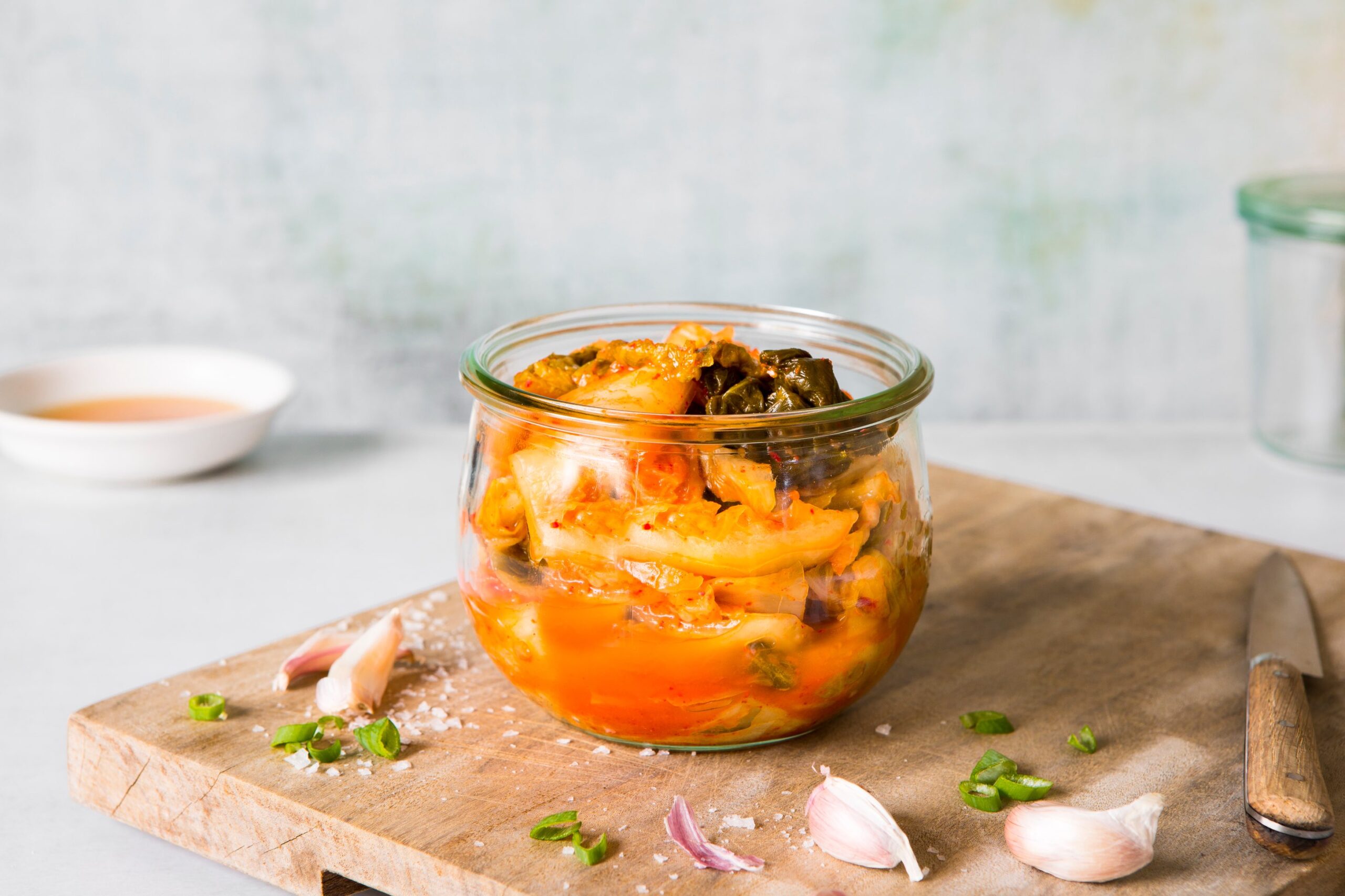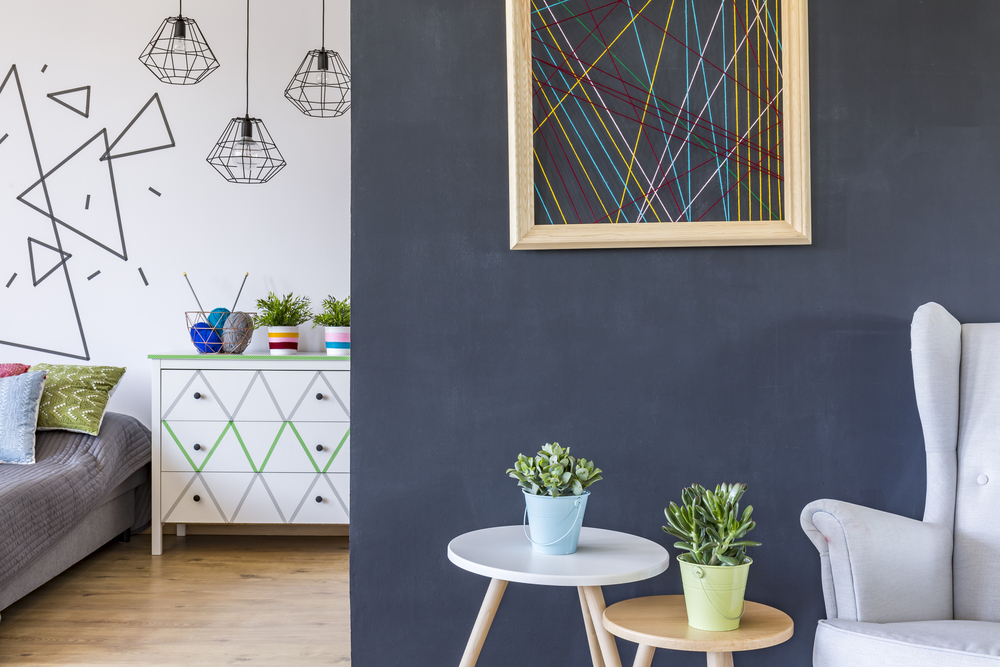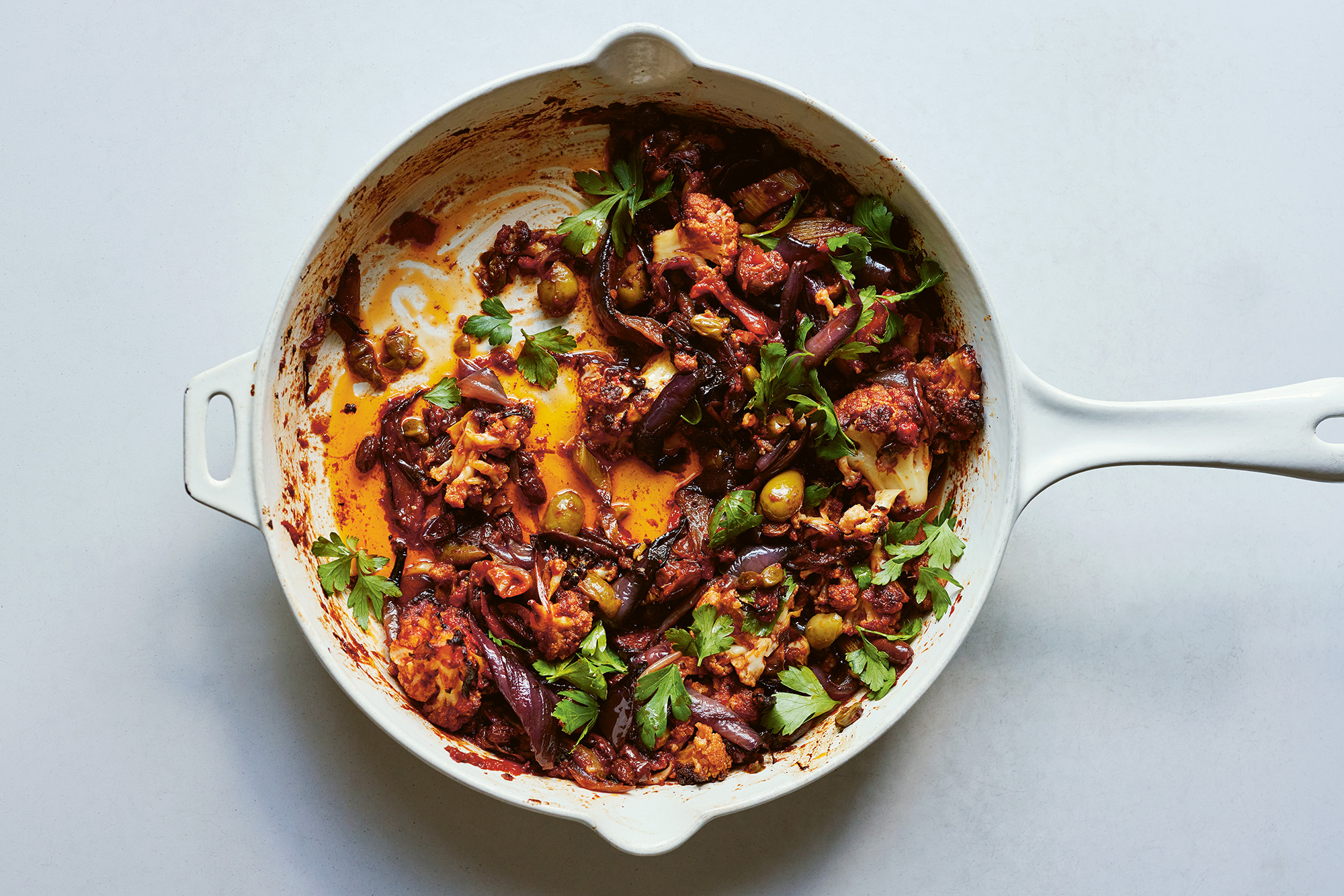Start your own cost-effective kitchen garden to save on your next grocery shop.
With the cost of living soaring, there’s never been a better time to become more self-sufficient.
For many families, food is one of their biggest weekly expenses – and one we don’t want to compromise on too much. So, the question is: how can we spend less but still provide nourishing meals for our family?
We’ve recently returned home from nearly a year overseas, where many of the living costs were significantly lower than in New Zealand. Our first trip back to our local supermarket was certainly an eye-watering experience! I’ve never been a big fan of buying conventionally grown fruit and veggies, but this was even more motivation to get our garden back up and running. We already had the garden beds from before we left so we were just able to do an overhaul: getting rid of weeds and adding a good layer of compost before planting it out with as many seeds and seedlings as we could possibly fit.
The key to saving money on food by growing your own produce is really basic economics: minimising costs while maximising yield. Here are a few tips to get the most out of your garden.
Plan and research
Decide what you want to grow and determine what will be needed to create a successful garden. You may be starting from scratch or getting started from existing garden beds. Research and think about ways to reduce your inputs – for example, could you collect rainwater for your irrigation? Maybe you could start a compost pile to enrich your garden’s soil instead of buying it? Are there materials already available to you that you could use in your garden such as mulch from old leaves or (untreated) pallets that you could turn into veggie boxes? You could also find ways to reuse containers, stakes, ties, etc. Saving seeds from existing robust plants will also keep your costs down, as well as providing you with quality plants.

Preserve, freeze, or pickle the excess
Learning to preserve and pickle is definitely a good skill to have when you’ve got surplus produce in the garden. Not only will the extra food serve you well in the seasons when the garden is less productive, but a jar of homemade jam or kimchi will also make a great gift or bartering offer. Vegetables such as cucumbers, beans, tomatoes, beetroot and sweetcorn preserve well, or can be frozen, while veggies such as potatoes, onions and sweet potatoes can be stored for several months at cool temperatures.
Grow vegetables that are expensive to buy in the grocery store
Veggies like tomatoes and melons, for example. It’s also smart to grow large quantities of the vegetables that you would usually purchase regularly. Consider vegetables such as beans, beets, onions, spinach, broccoli, capsicums, carrots, summer squash, cucumbers, tomatoes, potatoes, lettuce, peas and silverbeet. These vegetables provide the biggest returns on your investment of space and time in the garden. Herbs are also a great option
to grow as they are costly to purchase.
Choose heavy-producing varieties of vegetables
Some varieties produce more than others and produce for longer periods, so do some quick research when choosing which ones to plant.
Plant what is easy to grow
Plants such as zucchini will almost always be a success and will produce abundantly, as opposed to say a watermelon which, although delicious, can be more temperamental to grow, take longer to produce and yield less.
If saving money is one of the big goals with growing your own food, it’s best to stick with those trusty, basic veggies. The combination of being easy to grow and abundant producers can’t be beat.
Plan your meals around your produce
Eat what there’s plenty of in your garden. While it might seem boring or repetitive to eat a lot of the same type of food for a time, it makes complete sense to make the most of what you have. It will save you money, too, and you’ll be amazed at all the creative ways you come up with for serving a certain type of vegetable.
Grow as much as you can
It can be hard to know how big a garden you need to grow enough produce for your family, and there is no set rule here. There are a number of factors to consider such as how much land you have, and whether you want to just supplement your meals with some salad greens, or you really want to grow as much of your food as possible. For our family of five we have three planter boxes, roughly 2m x 4m, and we get a plentiful supply of veggies, herbs, some fruit and edible flowers. The key is utilising the space you have to its full potential.







